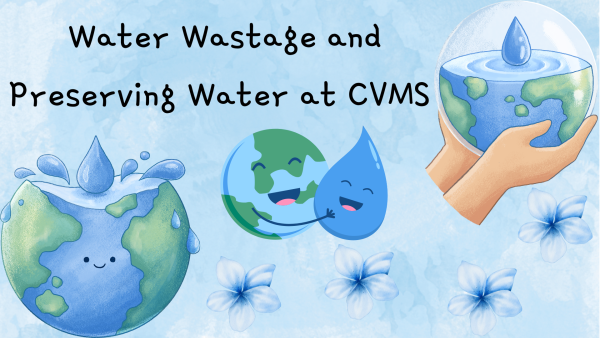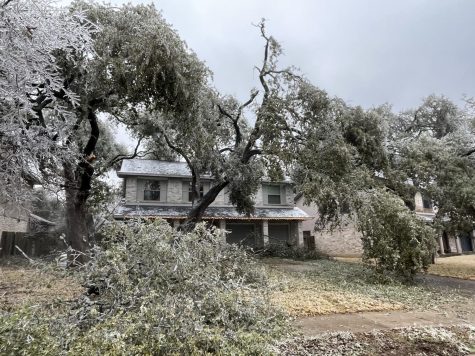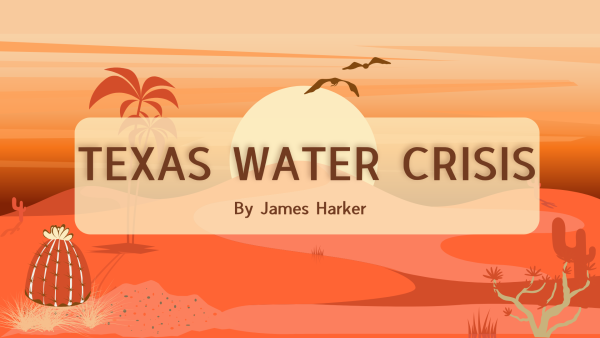Hurricane Season

This year again the hurricane season is huge. Hurricane Harvey and Irma were records with devastating consequences. And the hurricane season is not yet over in the North Atlantic, because it runs generally from June to November.
Here is some information on both Hurricanes:
During hurricane Harvey : In a four-day period, many areas received more than 40 inches (100 cm) of rain as the system meandered over eastern Texas and adjacent waters, causing catastrophic flooding. With peak accumulations of 64.58 in (164.0 cm), Harvey is the wettest tropical cyclone on record in the United States. The resulting floods inundated hundreds of thousands of homes, displaced more than 30,000 people, and prompted more than 17,000 rescues. Harvey caused at least 84 confirmed deaths; 1 in Guyana and 83 in the United States. Economic losses are preliminary estimated at between $70 to $200 billion,with a large portion of the losses sustained by uninsured homeowners. Throughout Texas, more than 300,000 people were left without electricity and billions of dollars of property damage was sustained. By August 29, 2017 approximately 13,000 people had been rescued across the state while an estimated 30,000 were displaced. The refinery industry capacity was reduced, and oil and gas production was affected in the Gulf of Mexico and inland Texas. On Monday, various news outlets announced the closure of oil refineries ahead of Hurricane Harvey, creating an artificial fuel shortage.
Hurricane Irma : It was the first Category 5 hurricane to strike the Leeward Island on record, followed by Hurricane Maria only two weeks later. It was also the most intense Atlantic hurricane to strike the United States since Katrina in 2005, and the first major hurricane to make landfall in Florida since Wilma in 2005. The ninth named storm, fourth hurricane, and second major hurricane of the 2017 Atlantic hurricane season, Irma caused widespread and catastrophic damage throughout its long lifetime, particularly in parts of the northeastern Caribbean and the Florida Keys. Irma’s effects in the U.S. Virgin Island were most profound on Saint Thomas, where at least 12 inches (305 mm) of rain fell, and on Saint John. Saint Thomas island suffered widespread structural damage, including to its police station and airport. Patients from the fourth and third floors of Charlotte Amalie’s hospital had to be relocated to lower floors due to flooding from roof leaks. Three deaths were attributed to Irma on the island. On nearby Saint Croix, there were communication issues and some damage to the infrastructure. Saint John lost access to ferry and cargo services, along with access to the local airport. Due to its normal reliance on electricity from Saint Thomas, the island was left without power.
So now that you now more about these hurricanes be sure to share the information with people who were affected by it to show them that you care and want to help !























